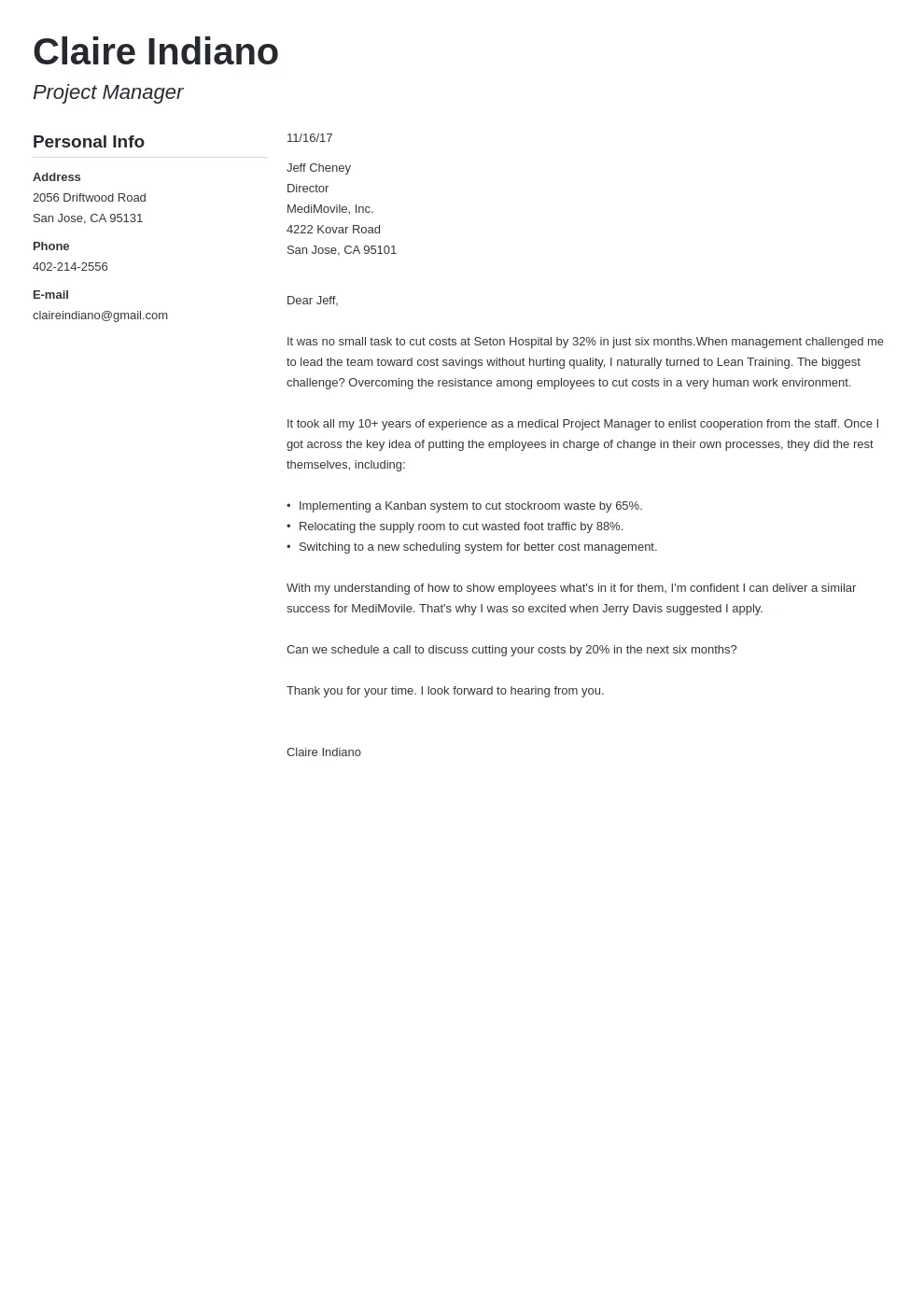Cover Letter Drafting Why It Matters
In the competitive world of job applications, a well-crafted cover letter is your secret weapon. It serves as a personal introduction, allowing you to showcase your skills, experiences, and enthusiasm for a specific role. It’s not merely a formality; it’s a crucial opportunity to make a strong first impression. A cover letter provides a platform to articulate your unique value proposition and demonstrate how your qualifications align with the employer’s needs. This document gives you a chance to tell your story, highlighting the aspects of your resume that are most relevant to the position while expressing your genuine interest. A compelling cover letter can significantly increase your chances of securing an interview by capturing the hiring manager’s attention and setting you apart from other applicants. So it is very important to write a good cover letter.
Cover Letter Drafting Understanding the Basics
Before diving into the specifics, it’s essential to grasp the fundamental principles of a cover letter. This document should be concise, professional, and tailored to the specific job and company. It should complement, not duplicate, your resume. Focus on providing additional context, expanding on your key qualifications and achievements, and explaining why you are a suitable candidate for the role. Your cover letter should reflect your personality and communicate your enthusiasm for the opportunity. It must be free of errors in grammar and spelling, as this reflects your attention to detail and professionalism. The tone should be confident and engaging, using language that captures the reader’s interest. Finally, remember that it should align with the company’s culture and values, which you can gauge through research.
Cover Letter Structure The Key Elements
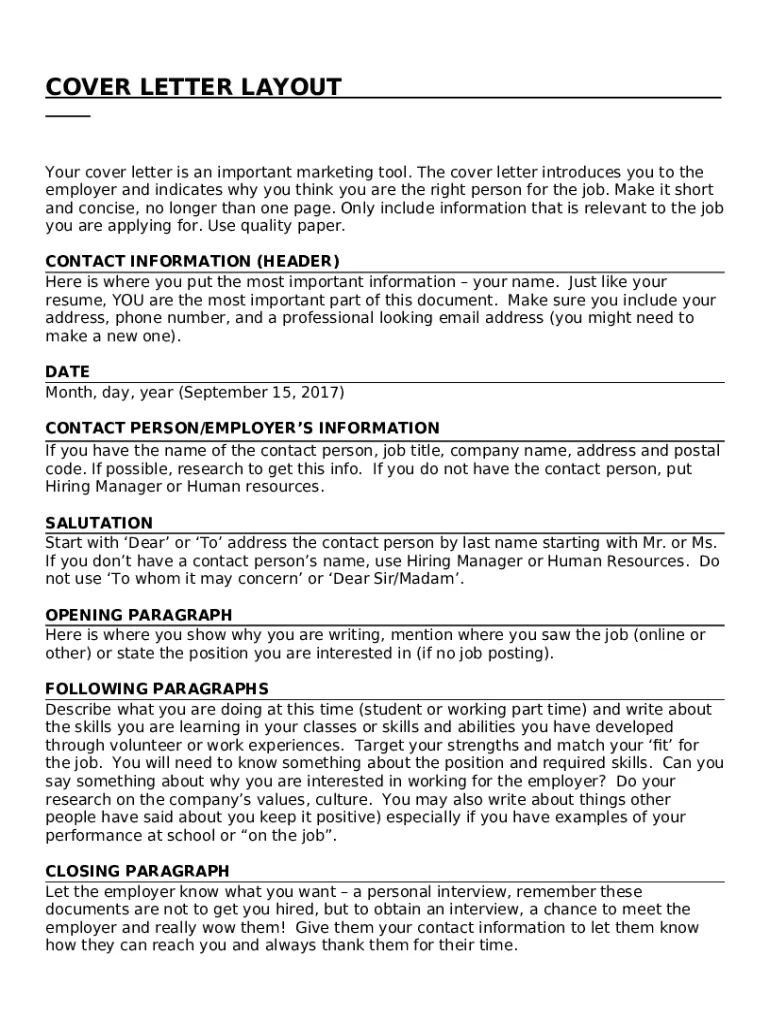
A well-structured cover letter is essential for clarity and impact. A typical cover letter includes several key elements designed to guide the reader through your qualifications and express your interest in the position. Each section plays a vital role in conveying a comprehensive and compelling message. By carefully structuring your cover letter, you create a clear and easy-to-follow document, which will enhance its effectiveness. It is very important to organize the information well so the reader will get an idea about your skills quickly. This format also demonstrates professionalism, which increases your chances of landing an interview.
Header Details Contact Information
Begin with your contact information at the top of the letter. This includes your full name, address, phone number, and email address. Ensure your email address is professional. Also, include the date, and if applicable, the recipient’s contact details. This section sets the stage for professionalism and allows the hiring manager to easily reach you.
Recipient Information Addressing the Hiring Manager
Always address the hiring manager by name if possible. Research the company and position to find the name of the person to whom you should send your application. If you are unable to find a specific name, you may use a general greeting, such as “Dear Hiring Manager.” Addressing the letter to a specific individual demonstrates initiative and attention to detail.
Greeting Tone and Approach
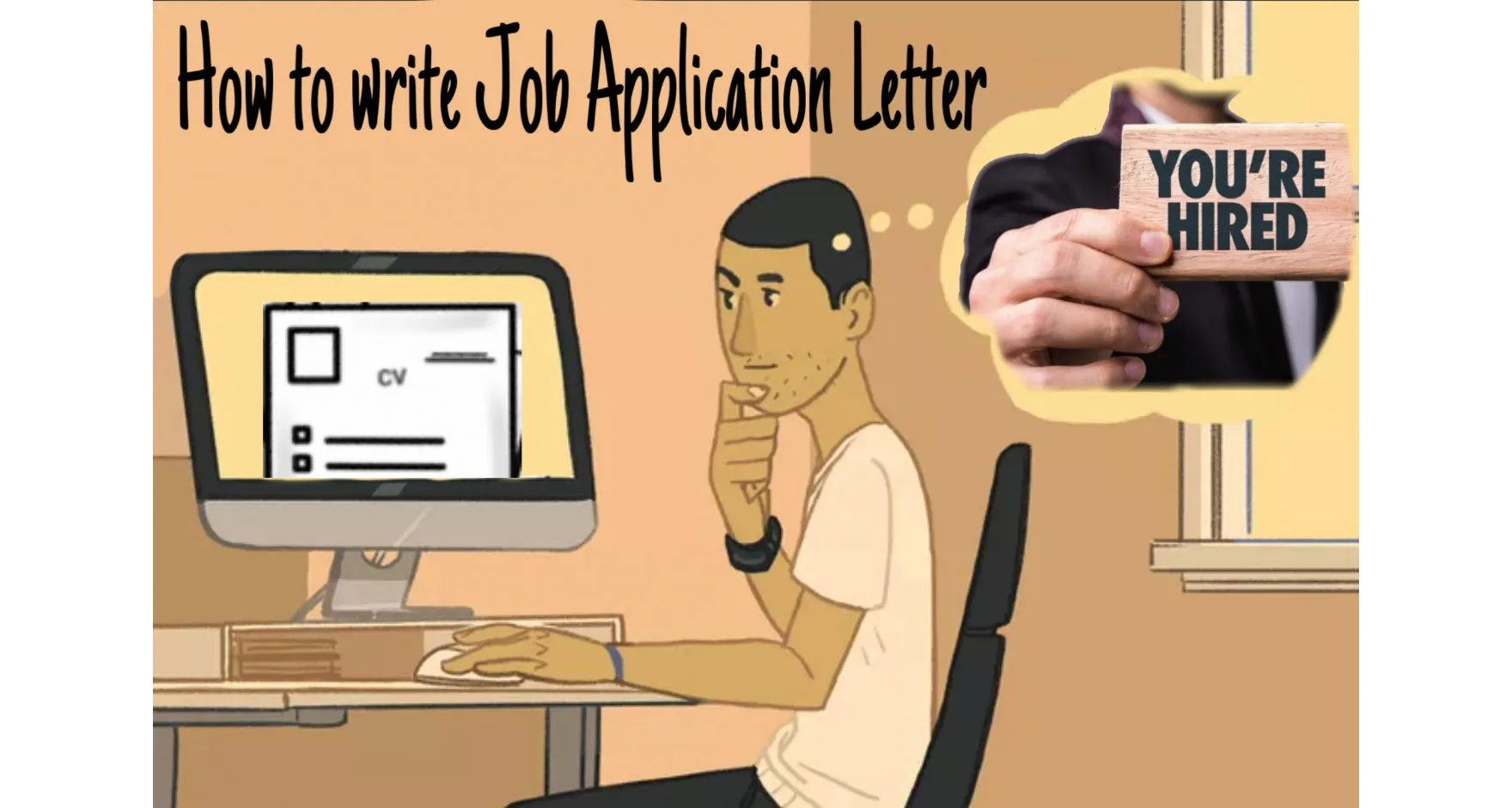
The tone of your greeting sets the tone for the entire letter. Begin with a professional greeting, such as “Dear Mr./Ms./Mx. [Last Name].” If you don’t know the name, use a formal greeting. Maintain a tone that is professional, respectful, and enthusiastic. Avoid overly casual or informal language.
Body Paragraph 1 Opening Statement
The opening paragraph is your opportunity to immediately grab the reader’s attention. State the position you’re applying for and how you learned about the opportunity. Briefly mention your key qualifications or a compelling reason why you are interested in the role or company. Your opening statement should be concise, engaging, and clearly state your purpose.
Body Paragraph 2 Highlighting Skills and Experience
In the following paragraphs, provide a brief overview of your skills and experience. Focus on the aspects most relevant to the job requirements. Use specific examples and achievements to demonstrate how you have successfully applied your skills. Quantify your accomplishments whenever possible by using numbers and metrics. The goal is to show the hiring manager that you have the skills and experience to excel in the role.
Body Paragraph 3 Showcasing Achievements
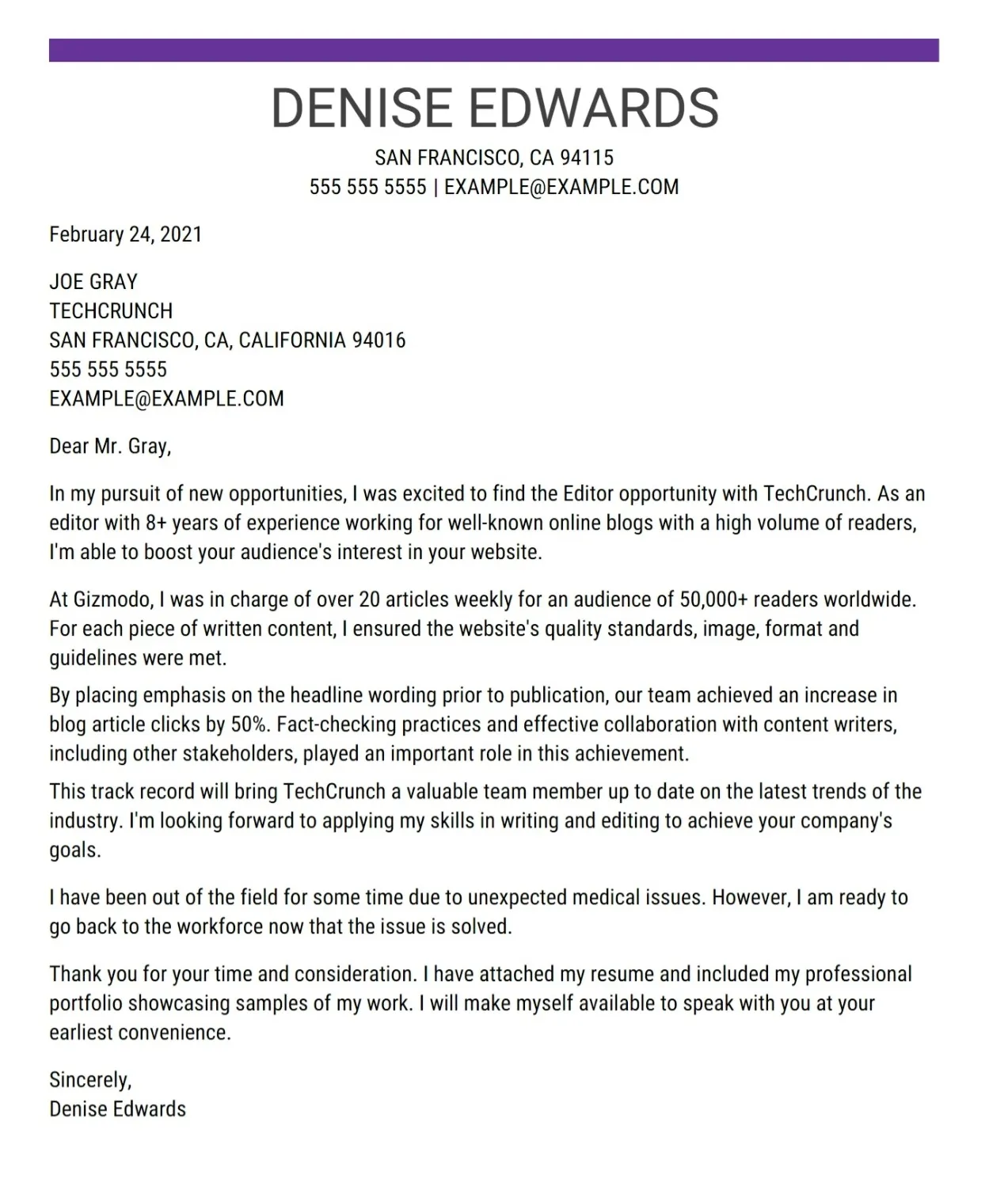
Dedicate a paragraph to showcase your achievements and accomplishments. Describe situations where you have made a significant impact, solved problems, or exceeded expectations. Use the STAR method (Situation, Task, Action, Result) to provide context, explain the specific tasks you undertook, the actions you took, and the results you achieved. Highlighting your accomplishments demonstrates your value and ability to contribute to the company’s success.
Body Paragraph 4 Demonstrating Passion and Fit
Conclude your body paragraphs by expressing your passion for the role and company. Explain why you are excited about this specific opportunity and how your values align with the company’s mission. Mention how you can contribute to the company’s goals and mention any relevant company research you have conducted. Show genuine enthusiasm and connect your personal goals with the company’s objectives.
Call to Action Expressing Interest and Next Steps
End your cover letter with a clear call to action. Reiterate your interest in the position and express your availability for an interview. Thank the hiring manager for their time and consideration. Provide a clear statement of what you want them to do next, such as inviting you for an interview or contacting you with further questions.
Closing Formalities
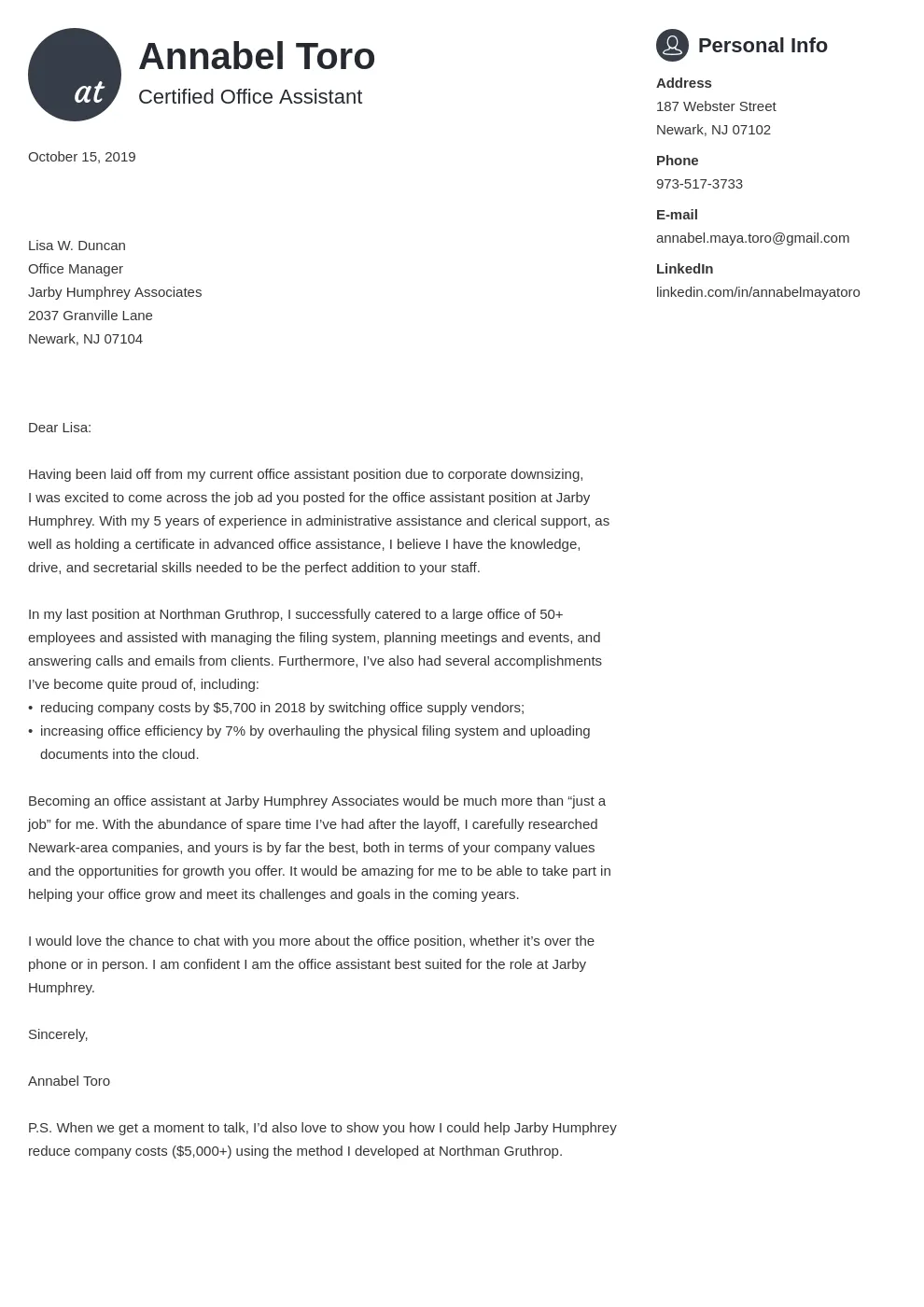
Use a professional closing, such as “Sincerely,” “Best regards,” or “Yours sincerely.” Include your typed name below the closing. If submitting a physical letter, leave space for your signature above your typed name. Always maintain a respectful and professional tone in your closing.
Cover Letter Formatting and Design
The formatting and design of your cover letter are crucial for readability and professionalism. Ensure the document is visually appealing and easy to navigate. Proper formatting reflects your attention to detail and respect for the hiring manager’s time. Good formatting can significantly enhance the impact of your cover letter.
Font Selection Readability and Professionalism
Choose a professional and readable font, such as Times New Roman, Arial, or Calibri. Maintain a consistent font size, typically between 10 and 12 points. Avoid using overly decorative fonts, as they can be difficult to read and appear unprofessional. The font choice should enhance the clarity of your message.
Margins and Spacing Creating a Clean Look
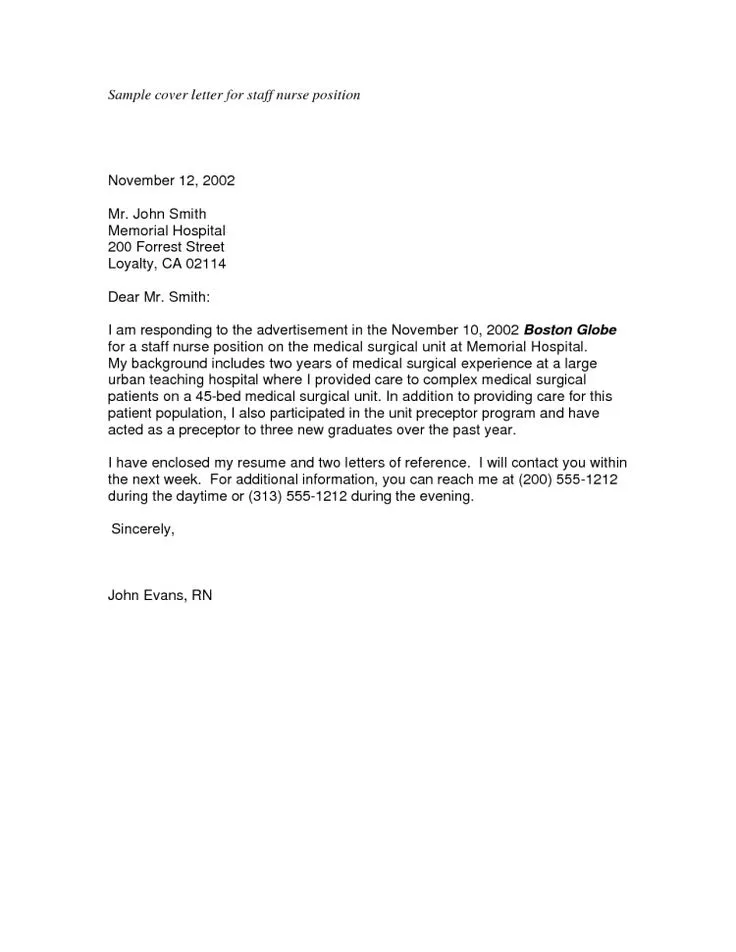
Use standard margins (1 inch on all sides) and single or 1.15 line spacing. Ensure there is adequate space between paragraphs and sections. A clean layout with ample white space makes the cover letter easier to read and more visually appealing. It also conveys a sense of organization and professionalism.
Cover Letter Language and Tone
The language and tone of your cover letter are essential for effectively conveying your message. Adopt a professional and engaging tone to capture the reader’s interest and showcase your personality. The way you use language can significantly influence the hiring manager’s perception of you.
Using Action Verbs Engaging the Reader
Use strong action verbs to describe your skills, experience, and accomplishments. Start sentences with action verbs to make your writing more dynamic and engaging. Examples include “Managed,” “Developed,” “Implemented,” “Led,” “Achieved,” and “Increased.” Action verbs add emphasis and make your accomplishments more impactful.
Avoiding Clichés Keeping it Fresh
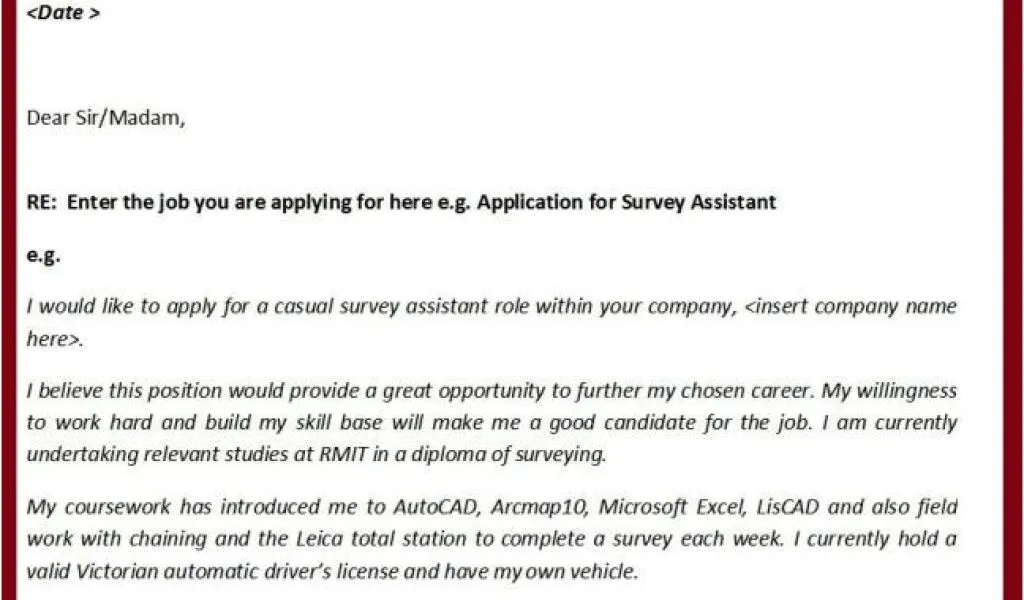
Avoid using clichés and overused phrases, such as “team player” or “hard worker.” These phrases can make your cover letter sound generic. Use original and specific language to describe your skills and experiences. Your goal is to show the hiring manager that you are unique and a good fit for the role.
Cover Letter Customization
Customization is key to writing a cover letter that stands out. Tailor each cover letter to the specific job and company. Demonstrate that you have researched the role and understand the company’s values. Showing that you have taken the time to understand what the company seeks increases your chances of getting hired.
Tailoring to Specific Jobs
Customize your cover letter for each job application. Review the job description carefully and highlight the skills and experiences that align with the requirements. Use keywords from the job description to showcase your suitability for the role. Personalize your letter to address the specific needs and expectations of the employer.
Keywords Optimizing for Applicant Tracking Systems
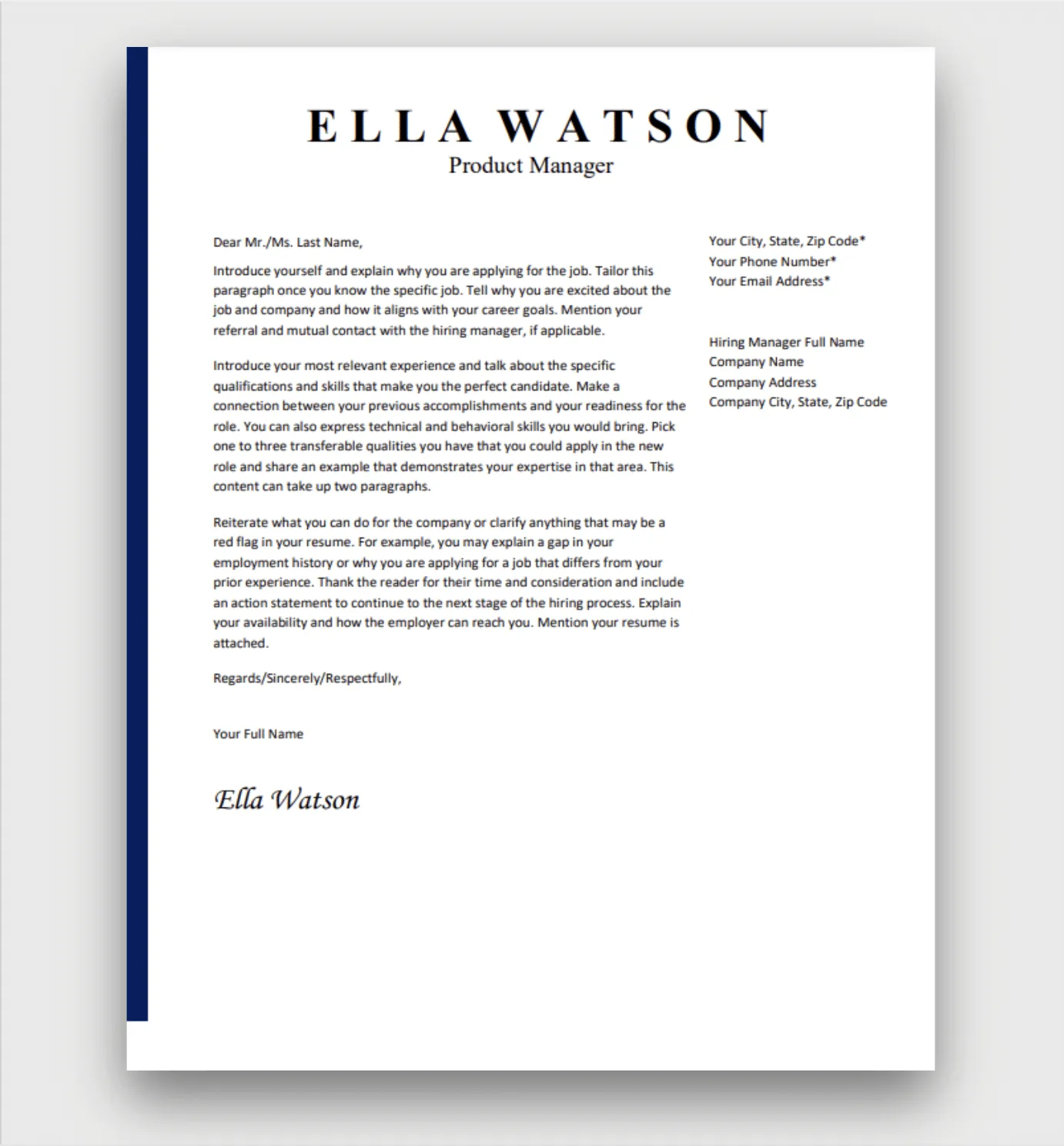
Many companies use applicant tracking systems (ATS) to screen cover letters and resumes. Optimize your cover letter by including relevant keywords from the job description. Use keywords naturally within the text without stuffing them. This helps ensure that your cover letter passes through the ATS and reaches the hiring manager. Make sure that you don’t overstuff the cover letter with keywords.
Proofreading and Editing
Before submitting your cover letter, proofread and edit it carefully. Correct any spelling, grammar, and punctuation errors. Ensure that the language is clear, concise, and error-free. Proper proofreading demonstrates your attention to detail and professionalism.
Reviewing for Errors
Review your cover letter multiple times to catch any errors. Use a spell checker and grammar checker, but don’t rely on them completely. Read your cover letter aloud to identify awkward phrasing or sentences that don’t flow well. Ensure all the information is accurate and consistent with your resume.
Seeking Feedback
Ask a friend, mentor, or career advisor to review your cover letter. Get feedback on the content, structure, and tone. Fresh eyes can often catch errors or suggest improvements that you might miss. Feedback from others can significantly enhance the quality of your cover letter.
